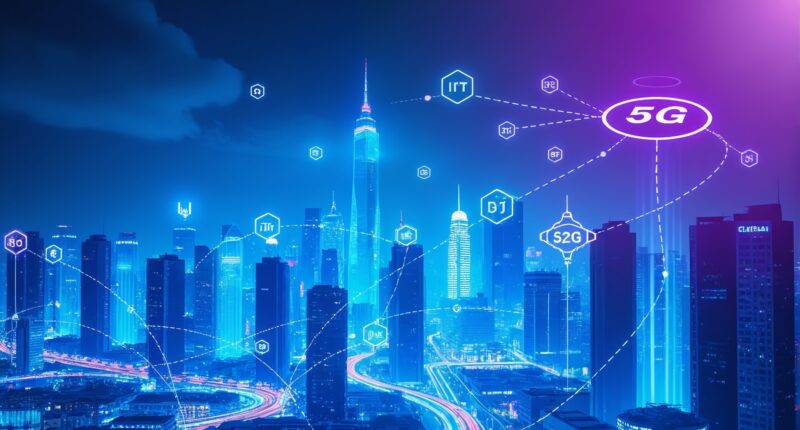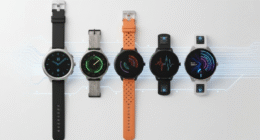The world of technology is changing rapidly, and at the heart of this evolution lies the 5G IoT Transformation. The combination of 5G networks and the Internet of Things (IoT) is revolutionizing industries, creating smarter cities, and redefining how devices communicate. From autonomous vehicles to smart homes, the future of connected devices is brighter than ever before.
What Is 5G IoT Transformation?
5G IoT Transformation refers to the integration of fifth-generation mobile networks (5G) with IoT devices. Unlike previous network generations, 5G provides ultra-fast speeds, minimal latency, and the ability to connect millions of devices simultaneously. This powerful combination is the foundation for the next era of digital innovation.
Key Features of 5G for IoT
- Ultra-Low Latency: 5G networks reduce response time, allowing real-time communication between connected devices.
- Massive Device Connectivity: 5G can connect up to one million IoT devices per square kilometer.
- High Data Speeds: Enables faster data transfers, ideal for applications like autonomous driving, smart healthcare, and industrial automation.
How 5G Is Transforming the Internet of Things
The 5G IoT Transformation is not just about faster internet — it’s about creating an intelligent ecosystem. Here’s how 5G is changing IoT and the future of connected devices:
1. Smarter Cities
5G enables the creation of smarter cities by powering traffic systems, waste management, and energy grids through IoT devices. Smart sensors collect data in real time, optimizing city operations and improving quality of life.
2. Healthcare Innovation
With 5G and IoT, healthcare professionals can monitor patients remotely using wearable devices. High-speed connections make telemedicine more reliable, reducing hospital visits and improving patient care.
3. Industrial Automation
Factories and warehouses use IoT sensors and 5G-powered robotics to automate production lines, predict maintenance needs, and increase productivity. The synergy between 5G and IoT creates safer and more efficient workplaces.
4. Smart Homes and Connected Living
Smart home devices like thermostats, lighting systems, and voice assistants rely on seamless connections. The 5G IoT Transformation allows these devices to interact in real time, creating a truly connected living environment.
The Future of Connected Devices
The impact of 5G IoT Transformation on connected devices is limitless. As 5G networks expand globally, we’ll see advancements in transportation, agriculture, and environmental monitoring. Imagine self-driving cars communicating with smart traffic lights or drones managing crop health in real time — all powered by 5G and IoT integration.
Security and Challenges Ahead
Despite its advantages, 5G IoT also brings challenges, such as cybersecurity threats and data privacy concerns. To maximize the benefits of 5G, industries must invest in stronger encryption, better device authentication, and secure cloud infrastructure.
Conclusion
The 5G IoT Transformation is setting the stage for a hyper-connected future. From smarter homes to fully automated industries, the blend of 5G and IoT promises speed, efficiency, and innovation like never before. As technology continues to evolve, embracing this transformation will be key to unlocking the next wave of global progress.









